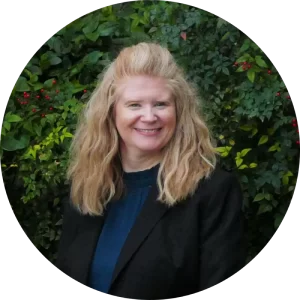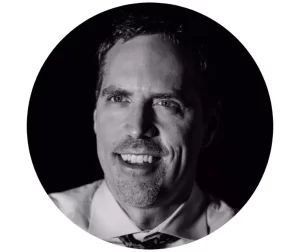By D’Andrea Weeks and Matt Clausen
Under budgetary pressures and increased competition, higher education institutions are considering more than adjustments to tuition and fees, draw-downs on endowments, and academic or other cutbacks and consolidations to make ends meet. They are considering new partnerships with the private sector: public-private partnerships. Defined as the practice of sharing responsibility for providing a good or service with a for-profit entity, P3s have been part of the higher education landscape for some time.
To many in the higher education space, P3s evoke campus infrastructure projects, student housing, and other major structural projects. Yet, P3s are sought after and developed for a multitude of reasons and purposes on projects large and small, including international engagement. Whether for study abroad, on-campus infrastructure, research partnership, or overseas branch campuses, experts in the field have identified valuable lessons to guide individuals and institutions seeking to build or expand P3s.
Embarking on a new partnership can be daunting. However, most expert recommendations can be distilled to a few key points to ensure a college or university is well-informed before devoting time, resources, and valuable internal political capital to pursue a new partnership.
Define What You Need
Ground your approach from the start by planning strategically and carefully articulating your need. Ask yourself why a P3 would be better than taking another approach. The clearer the need from the beginning, the more effectively an institution can build and articulate a partnership to address that need.
Cultivate Internal Champions And Leaders
Build the foundation for a potential partnership by thoughtfully engendering trust among a broad set of internal champions and leaders. Whether faculty, staff, senior leaders, or students, a wide array of internal champions who understand the partnership’s vision and trust each other will create an environment conducive to success. Do research and due diligence as concerns and questions are collected and anticipated.
Carefully Search And Vet Potential Partners
Cast as wide a net as possible when searching for the right partner, regardless of whether that search is through a formal request for proposals or a less formal process. Spend adequate time upfront researching partner candidates; a P3 is not a passing engagement. It is a long-term relationship. Examine past performance, financial stability, and reputational factors, identifying potential yellow or red flags.
Hold Each Other Accountable
Both institutions in the partnership have a vested interest in and goals for the partnership. As is the case with most long-term relationships, some things will go as planned, some better, and some worse. Build the partnership on clear goals and a well-articulated partnership agreement. Both institutions can refer to that agreement to hold each other accountable, help each other address shortcomings, and ensure a tight feedback loop focused on continual improvement.
Because of the complexity and great variety in P3s, one size does not fit all. Fortunately, higher education consortia can provide valuable forums for faculty and administrators new or well-seasoned in pursuing P3s. The Texas International Education Consortium (TIEC) is gathering thought leaders, policymakers, expert implementers of public-private partnerships, and industry insiders for a three-part virtual mini-conference in January 2021. Designed for Texas member universities and friends, this three-session series will introduce participants to the landscape of public-private partnerships and examine how to build successful private sector cooperation that serves both sides equally.
Click here for details and to register to secure your spot today for this three-session TIEC mini-conference.

About the Authors:
D’Andrea Weeks, Ed.D., serves as TIEC’s Director of Business Development. Dr. Weeks has over 20 years of experience leading productive teams and streamlining internal operations. For the last seven years, she has been a thought partner and catalyst for non-profits and institutions of higher education on a diverse range of topics from global education, educational innovation, educational leadership, program development, evaluative inquiry, grant writing, and non-profit board development. These projects spanned five continents and multiple states in the United States. As a project strategist, Dr. Weeks has worked with small to mid-sized organizations to design impactful projects and write grant proposals for public private partnerships.

Matt Clausen currently serves as Senior Advisor to the Texas International Education Consortium (TIEC) and is Vice President of the Board of the International Association for Volunteer Effort (IAVE). As part of his 15 years as a senior leader of Partners of the Americas, he led President Obama’s 100,000 Strong in the Americas Innovation Fund, the signature educational initiative of the White House within the Western Hemisphere. Most recently, Matt completed a three-year tenure as President of the Washington Office on Latin America (WOLA), fighting for human rights in Latin America and at the U.S. border.
